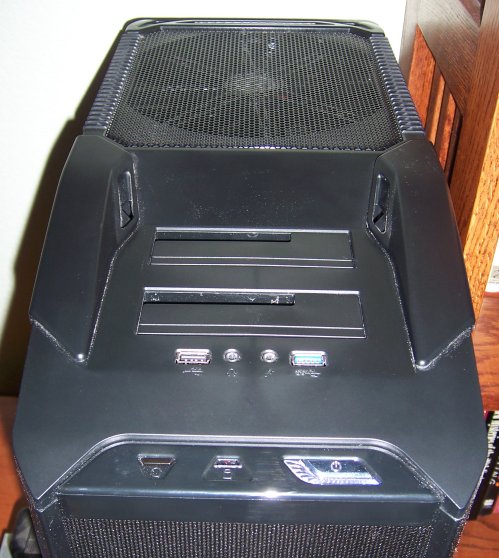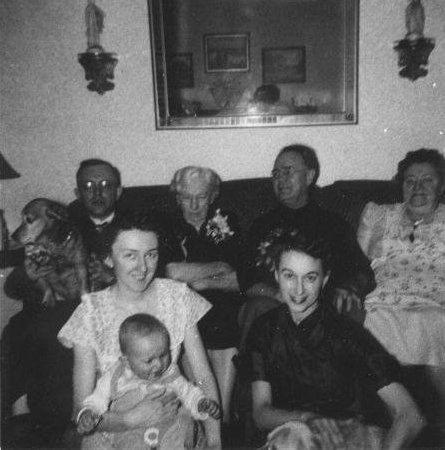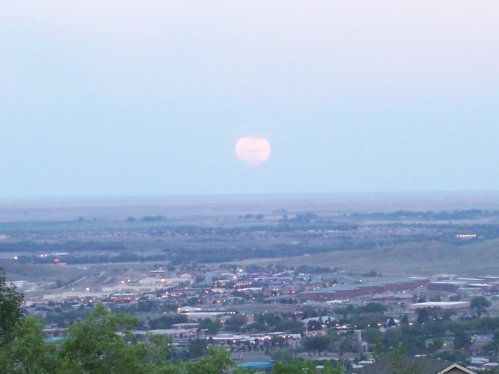
After I fried my 2009-era Antec quad core tower machine, I had my favorite local box shop put me together a new quad core, this time in an interesting case: the Thermaltake V9 BlacX. Like virtually all cases you buy on the parts market these days, it’s a gamer case, complete with lots of fans and the obligatory plexi window on the side so (I presume) your friends can admire your junk. The fans are there to cool ranks of screaming graphics cards. If you’re using integrated graphics, as I am, you can probably turn most of them off. With just the front panel fan going, the inside of the case here runs at 75-77 degrees F (I measured it with a Radio Shack probe digital thermometer) which is hardly molten death.
I bought the V9 for a very particular reason: It has a double SATA toaster dock built right into the top panel. I’ve been using an Ineo USB toaster dock for some time, and like it a great deal. As with any gadget of its class, it needs its own wall wart, and there’s the inevitable data cable. The notion of having a toaster dock like that right on the machine means that I can lose a wall wart and a data cable from the ratsnest. The V9 case provides two.
The Gigabyte mobo I’m using has six SATA ports. Four of them are SATA 2.0 ports, capable of data transfer rates up to 3 Gbps, and two are SATA 3.0 ports, which can go as fast as 6 Gbps. (The choke point is most likely the drives you’re using, not the ports themselves.) The two 6 Gbs ports go to the internal drives. Two of the 3 Gbps ports go to the twin toaster docks on the top panel. Another 3 Gbps port goes to the optical drive. That still leaves me with a spare SATA 2.0 port, and the V9 even leaves me an empty bay in the front panel if I ever want to put a second sled slot in it.
Each of the two docks are almost identical to the Ineo dock, in that they can accept either 2.5″ SATA laptop drives or standard 3.5″ SATA drives. The dock ports do not use USB connectivity, as I initially suspected. There is no electrical or logical difference between drives plugged into the top dock ports and drives mounted internally and connected to SATA ports of similar speed.
SATA drives are hot-swappable, which means that yanking them out of a SATA connector with power on will not physically damage them. However, the OS needs to manage removability, and I haven’t poked at that aspect yet. From what I’ve read, there is a TreatAsInternalPort registry key governing whether a given SATA channel is removable or not. I believe that making a SATA port removable cuts down its throughput some. (Further research may be needed.) For the moment I’m happy to plug drives into the dock while powered down. When XP boots up, it sees them as though they were internal drives, which (electrically) they are. I’ll play around with the removability bit as time allows.
The case is too new to judge, really. I have a quiet Antec power supply in it, and the front fan makes barely a whisper. It has all the external ports I need. Key here isn’t functionality so much as survival in daily use. The Antec 900’s USB ports started to die after only a year or so in service. Check with me again after the V9 has lived for three or four years in my new downstairs office with the Wimhurst carpeting. USB ports may be the least of my worries.
So far: highly recommended.

 We had a decent view up to about 65% or so coverage, when the clouds closed in what turned out to be for good. In the meantime, there was a profound weirdness: A southeast wind blew light rain out of clouds that had already passed over us, and even though it was (mostly) clear from well east of the zenith to the Sun, we watched the best part of the eclipse in the rain. As God may well have been telling us: “Here’s your miracle. Just don’t get cocky.” And to seal the deal He gave us an intense double rainbow. What does it mean? It means we didn’t mind getting a little wet, we laughed, and we all had a wonderful time. (I threw my jacket over the most vulnerable portions of my scope.)
We had a decent view up to about 65% or so coverage, when the clouds closed in what turned out to be for good. In the meantime, there was a profound weirdness: A southeast wind blew light rain out of clouds that had already passed over us, and even though it was (mostly) clear from well east of the zenith to the Sun, we watched the best part of the eclipse in the rain. As God may well have been telling us: “Here’s your miracle. Just don’t get cocky.” And to seal the deal He gave us an intense double rainbow. What does it mean? It means we didn’t mind getting a little wet, we laughed, and we all had a wonderful time. (I threw my jacket over the most vulnerable portions of my scope.)















